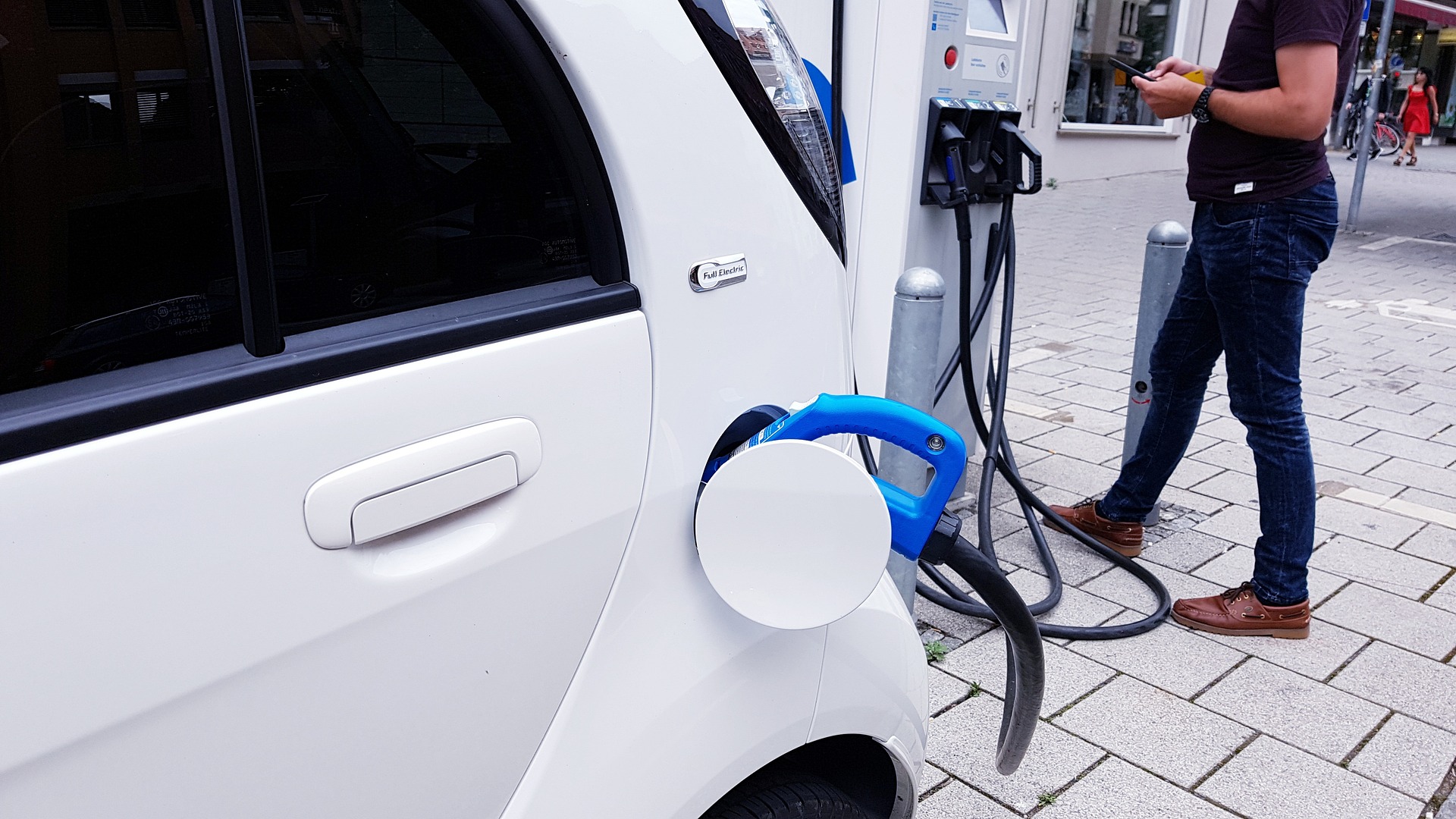Redefining Performance: The Advent of Dual Clutch Transmissions
The world of automotive transmissions is undergoing a significant change. The advent of dual clutch transmissions (DCTs) is redefining the very idea of performance and efficiency in vehicles. They offer lightning-fast gear shifts, superior fuel efficiency, and a level of performance that traditional automatics simply cannot match. This article explores the evolution of DCTs, their impact on the industry, and what the future holds for this transformative technology.

Emergence and Evolution of Dual Clutch Transmissions
Dual clutch transmissions, while a relatively recent innovation in the consumer auto industry, have their roots in the mid-20th century. First developed for use in tanks during World War II, these transmissions were designed to offer quick gear shifts and improved efficiency. Over time, the technology was refined and eventually made its way into performance cars in the 1980s and 90s. Today, DCTs are becoming increasingly common in a wide range of vehicles, from compact cars to high-performance sports cars.
How Dual Clutch Transmissions Work
At its core, a DCT is effectively two separate manual transmissions (and clutches) contained within one housing. One clutch controls the odd gears, while the other controls the even ones. This arrangement allows the transmission to pre-select the next gear before you’ve even left the current one, resulting in incredibly fast and smooth gear changes. This dual-clutch setup not only improves performance but also contributes to greater fuel efficiency by minimizing power loss during gear shifts.
Impact on the Automotive Industry
The impact of DCT technology on the automotive industry has been profound. Beyond offering improved performance and efficiency, DCTs are also changing how cars are designed and built. For instance, their compact size allows for more flexible vehicle design, while their improved fuel efficiency helps manufacturers meet increasingly stringent emissions standards. In addition, the superior driving experience offered by DCTs is elevating consumer expectations and forcing automakers to rethink their approach to transmission technology.
Challenges and Future Outlook
However, the adoption of DCTs is not without its challenges. The technology is more complex and expensive to produce than traditional automatics, which can make it a difficult sell in cost-sensitive markets. Furthermore, while DCTs offer superior performance and efficiency, they can lack the smoothness and predictability that many drivers prefer.
Despite these challenges, the future of DCTs looks promising. As technology continues to evolve and the cost of production decreases, we can expect to see DCTs in a wider range of vehicles. Moreover, the performance and efficiency benefits of DCTs are likely to make them an attractive option for a growing number of drivers.
Dual clutch transmissions represent a significant shift in the automotive industry. As we continue to explore the limits of performance and efficiency, DCTs stand as a powerful testament to the power of innovation and the relentless pursuit of excellence.




